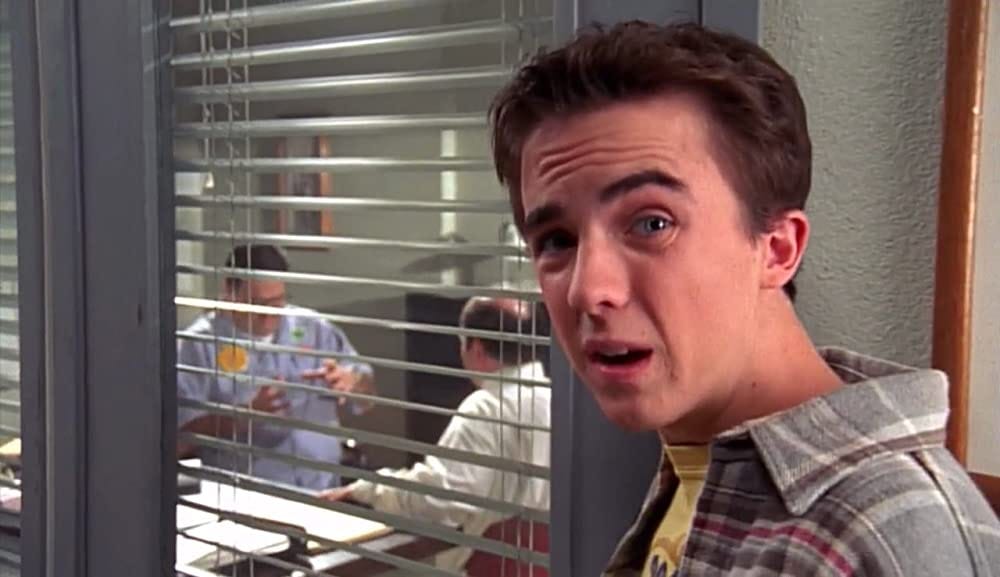If I hear the word “authenticity” used as a buzzword one more time I’m going to flip a table.
I’m not voting to banish the word but I am saying we need to change how we talk about it in the working world. Because everything I see on LinkedIn lately is giving me the ick 🤢
“7 AUTHENTIC HOOKS TO TRICK LINKEDIN’S ALGORITHM”
“THE SECRET TO THIS CEO’S 50 MILLION DOLLAR STARTUP: AUTHENTICITY”
Do I need to make up a third example or do you get the point?
The problem
The way people talk about authenticity today (admittedly even myself) is we act like it’s some universal playbook. “Just be authentic!” we say as if “being authentic” means the same thing for everyone, all the time, in every community.
In reality, we all know it’s more than just “being yourself”.
Authenticity = trust that someone’s intentions
will match their actions.
Authenticity is about:
Making people feel seen
Making people feel heard
Making people feel understood
From a marketing lens, all good marketing is authentic. Like design, most people only notice it when it’s bad.
Making people feel seen (Top of funnel)
Being clear with your intentions is key. Reminder that being clear isn’t the same as being demanding. No one likes being told what to do and that’s not how you make friends. People should see themselves in your communications and think…
“This is for me”.
Make people feel heard (Middle of funnel)
Whether that’s messaging, visuals, platform placement or a combination of all the above, there are multiple opportunities to be transparent with your intentions to attract the most relevant community. They should see people engaging in your community and think…
“This makes me feel like I belong here.”
Make people feel understood (Bottom of funnel)
This is your shining moment. To show them that you can deliver on your intention to provide value to them. Whether that be a product to solve a relevant pain point or simply a delightful moment they can tell their friends about, after interacting with you they should feel like…
“This was made for me.”
Example of authentic marketing in action
The most effective YouTube ad I’ve ever seen was this 15 second Mountain Dew ad with Charlie Day from It’s Always Sunny in Philadelphia.
It opens with Charlie holding a Mountain Dew and when he says his line the captions are completely wrong. Charlie looks down at the captions then back to the you in confusion 😳
He keeps talking and the captions get even more wrong leaving both you and Charlie thinking “wait…what’s going on?”
This ad was effective for a few reasons:
Social proof
Charlie Day is someone whose intentions I trust because he has brought me value before by making me laugh. We have a shared sense of humor which already has me thinking
“I’m a big fan of the Day Man, so I must belong here.”
Immediately Charlie’s brand recognition brings back good memories, setting a positive stage for the interaction before he even speaks.
This is why building brand affinity is a long game. Having done the work to build a positive relationship with his community prior to this ad, just the sight of Charlie put me at the middle of the funnel, closer to feeling understood.
Timing
The Mountain Dew ad knows they have mere seconds to catch your attention and they don’t waste a moment. The biggest goof YouTube ads make is making them too long. There’s this one awful ad I see all the time that even acknowledges the fact that the ad is too long by saying
“Or you can just skip the ad”
and you bet I fucking do, every👏single👏time👏.
UGH it’s like what are they thinking?!
Platform
The ad was clearly made for YouTube, a platform where 50% of people watch on their mobile device (likely with captions). Giving a nod to the platform you’re using breaks down the 4th wall between the you and the viewer while building a sense of comradery like an inside joke. This is where I actually laughed out loud and thought
“Wow, this was made for me.”
One TV sitcom (of many) known for this tactic of breaking the 4th wall is Malcolm in the Middle. Mid-scene Frankie Muniz’s character will pause and address the audience being like
“Can you believe this?”
It makes the spectator feel involved in the plot while showing a more honest side of the main character that only the viewer gets to see. Building trust between main character and the audience.
But before choosing any platform/medium you need to do some soul searching on what it means to be authentic for you, right now, in your community.
So…how to be “authentic”
Well no, not really. There is no how-to guide but I’ve learned that the closer you can get to enabling the stakeholder’s creativity naturally the more successful you will be at building a sustainable community.
I always start by asking these 3 questions:
What are your short term/long term goals?
It’s important to have both so you understand what motivates a person and what you’re both striving for as a North Star. People need to see some quick wins to keep up momentum. Try using that positioning statement template I told you about.
Do you normally think in bullet points or paragraph style narrative?
Knowing how someone thinks can help you unblock them when they feel stuck. For me, I think in bullet points, so starting to write full sentences from a blank page is especially challenging for me.
Think SpongeBob in that one episode with the word “The” written on the page for days on end… that’s me 😅
It was actually through leaving you these voicemails that I realized I get my ideas out of my head easiest by talking. When I feel stuck I know it’s time for me to give you a call.
How do you like to communicate?
This is for both you and the community you want to engage with, is it…
On the phone? Try a podcast.
On Zoom? Try a video.
Via Slack or email? Try Twitter, Substack, or text group chat.
Not sure what the community wants? Ask them.
Oh! That reminds me…
Beware of stale Slack communities
Many companies think that large Slack groups are a low-lift way to engage their community when really it’s where content goes to die.
More often than not, these groups are oversaturated with self-promotions or even worse there’s 15 different channels and complete crickets 🦗
Slack communities only work when they’re manageable, intentional and have a sense of shared vulnerability between the members. An active group chat of 20-50 people will provide much more value to you than a silent Slack channel with 20,000 members (which marketers love to boast about on their website).
Think about it, if you were at a party with 200 people it’s unlikely you’ll make several deep connections or be vulnerable with any of them.
If you’re like me you’ll probably just post up near the cocktail shrimp with the people you came with. It’s too many people to know who to talk to and why they’d want to talk to you.
(Sorry, my imposter syndrome is showing 🍸😅🍤)
On the other hand, at a smaller, more intimate dinner party of 10 people you’re far more likely to get to know everyone’s name and what they like to talk about to form a genuine connection.
Basically
I’m tired of brands treating authenticity like the new marketing playbook when they don’t even know how to engage the people who make up their fanciest vanity metric.
Good marketing is authentic marketing.
And when people ask me “what should a company’s video strategy be?” my answer will always be “it depends.”
There is no one-size-fits-all authentic short cut to maximum profits, no matter what the damn LinkedIn carousel says.
Now that you got me all riled up I gotta go touch some grass or something to chill out.
TTYL!
I’ve been bringing that sign off back into rotation recently, brings me back to my T9 texting days 😂
lol
Okay byeee!

















Share this post